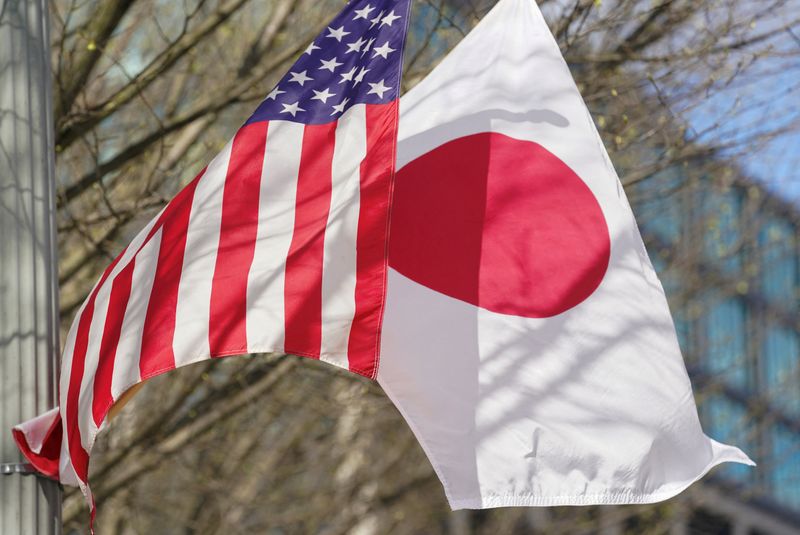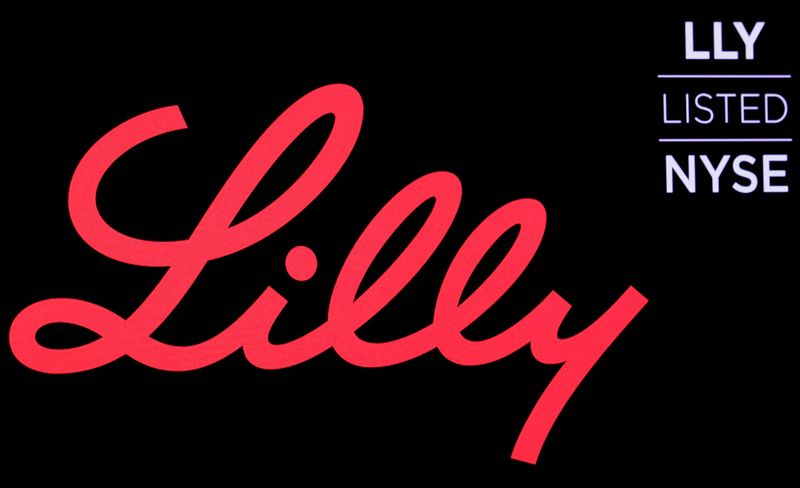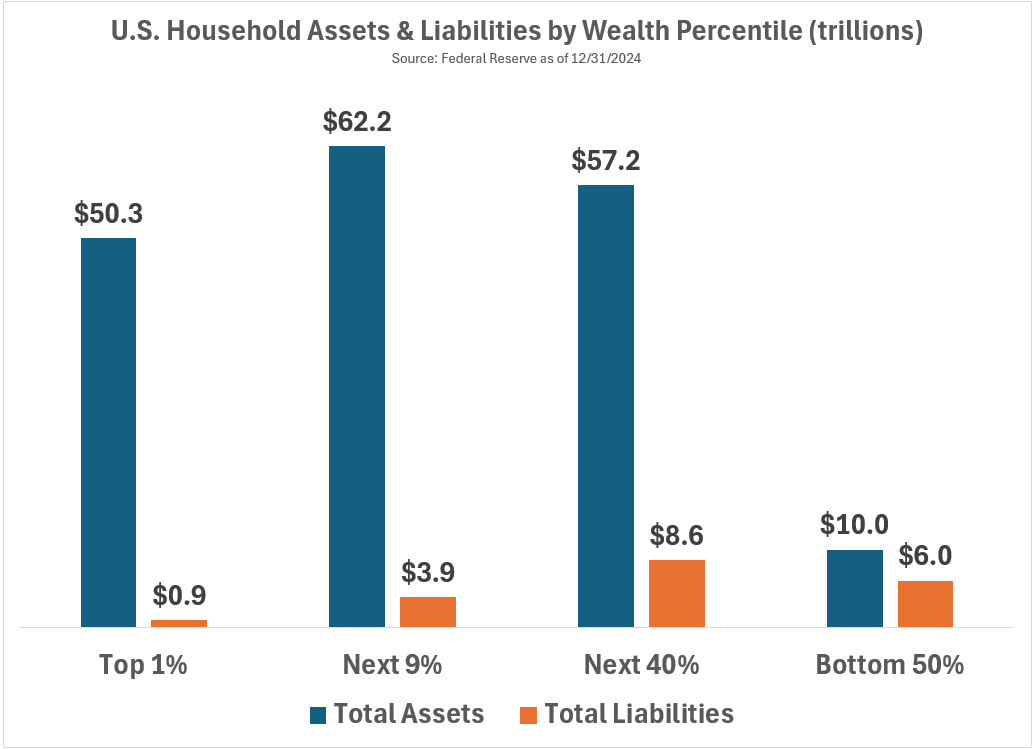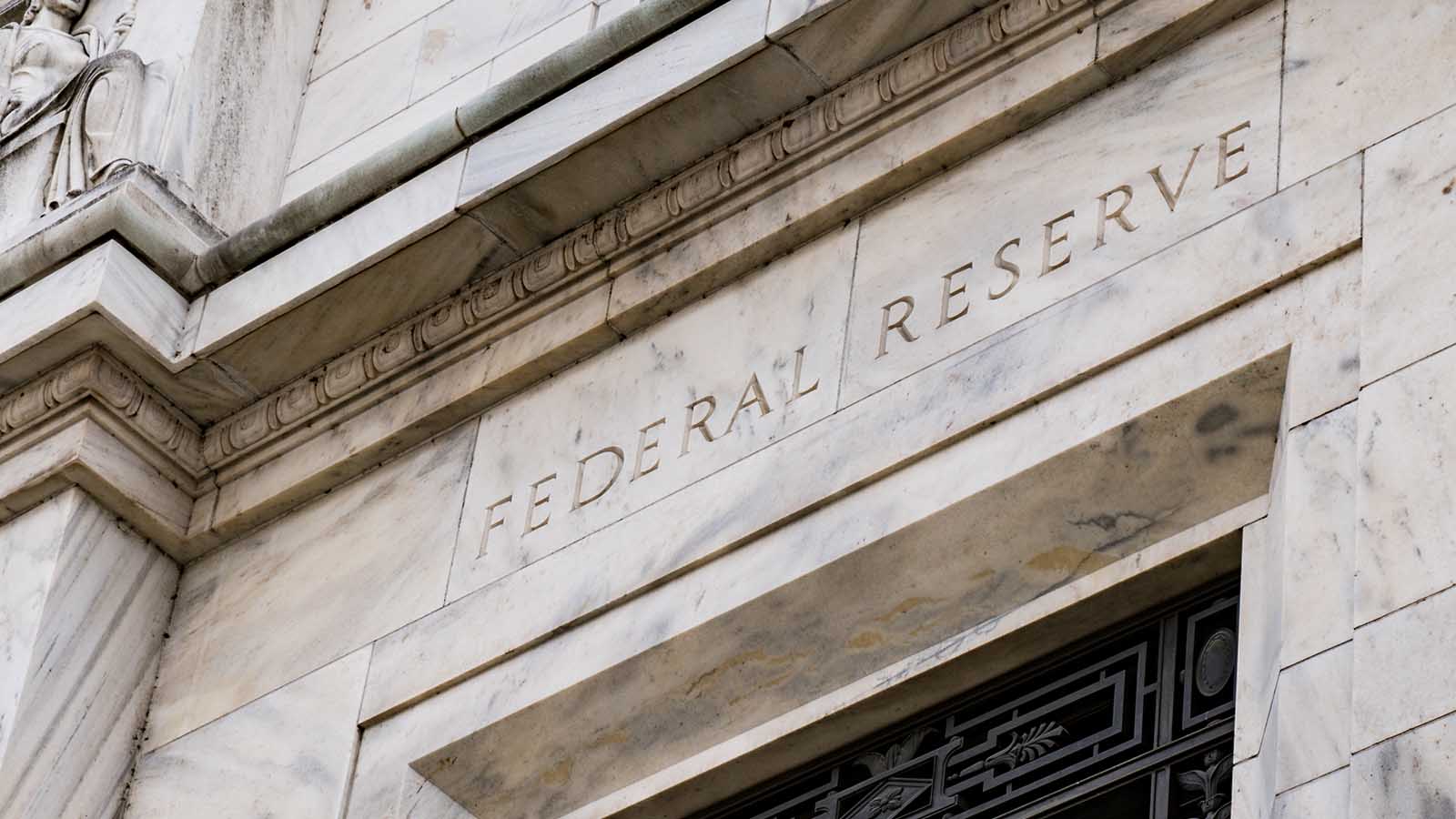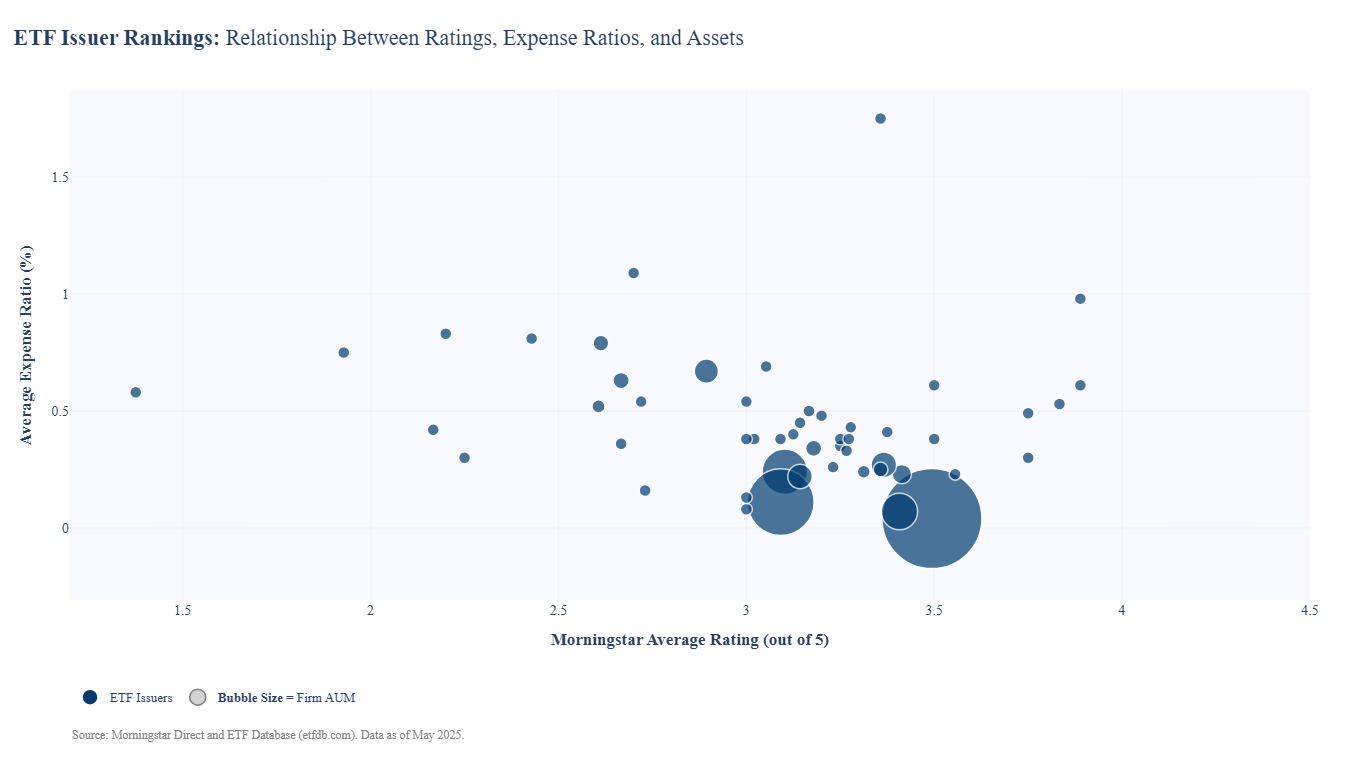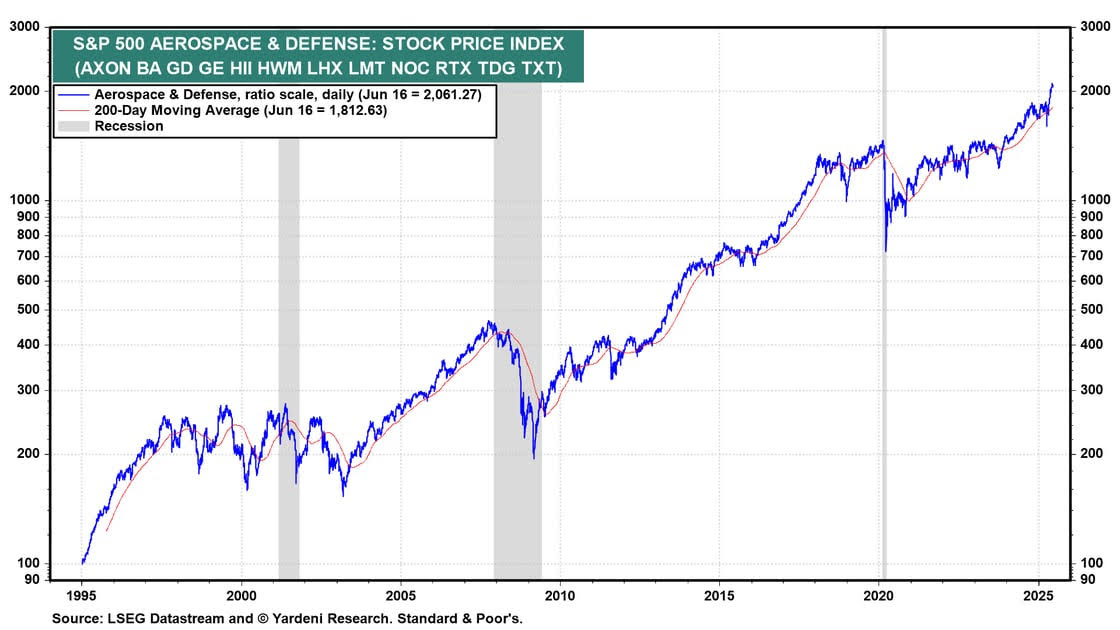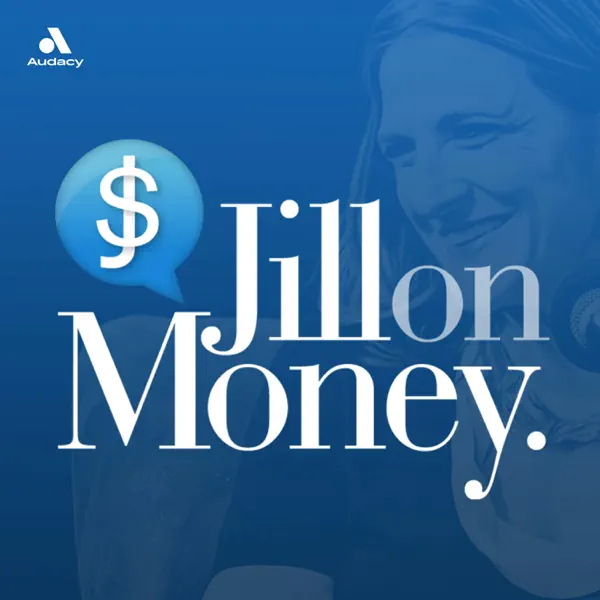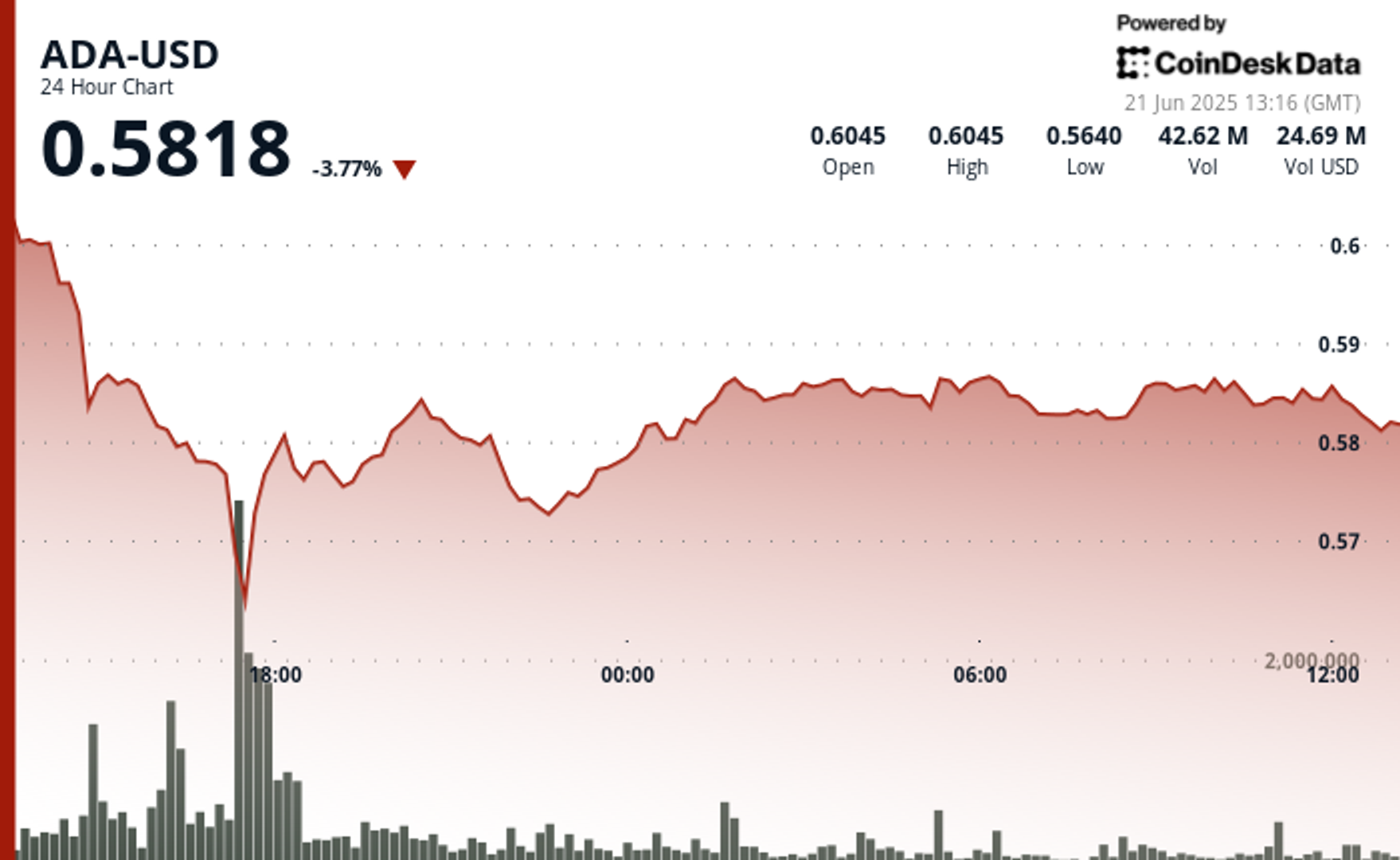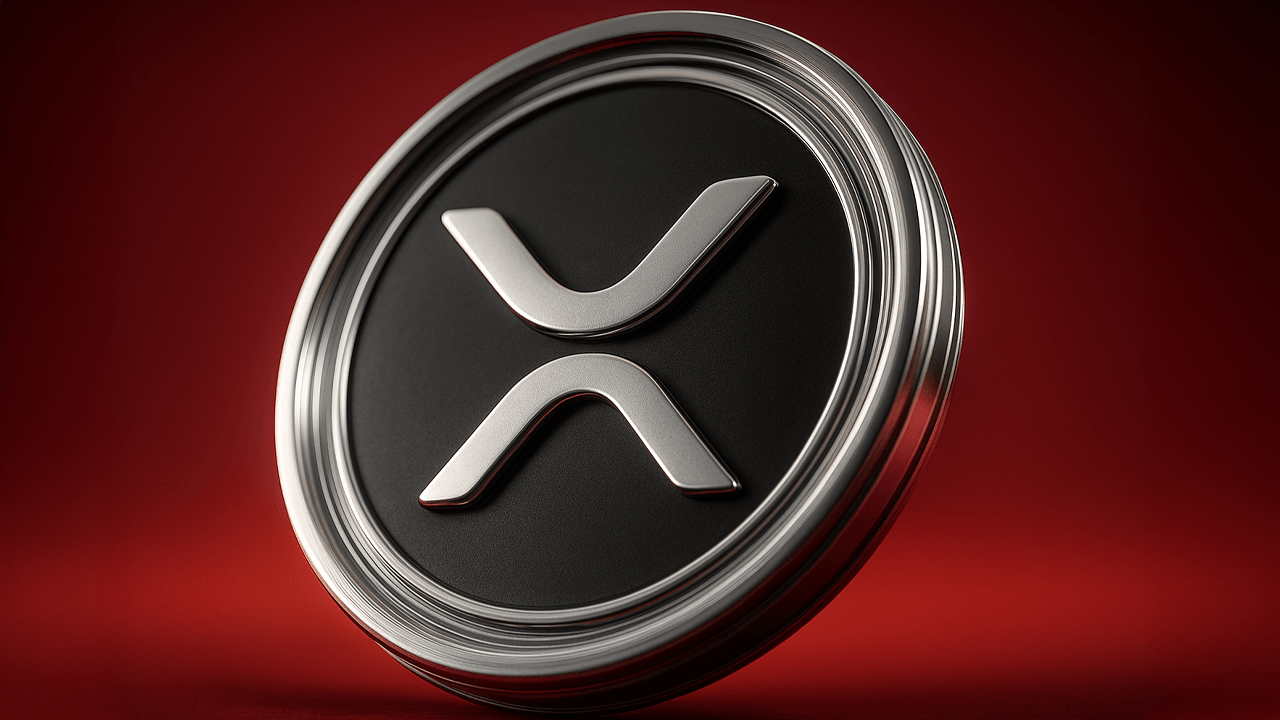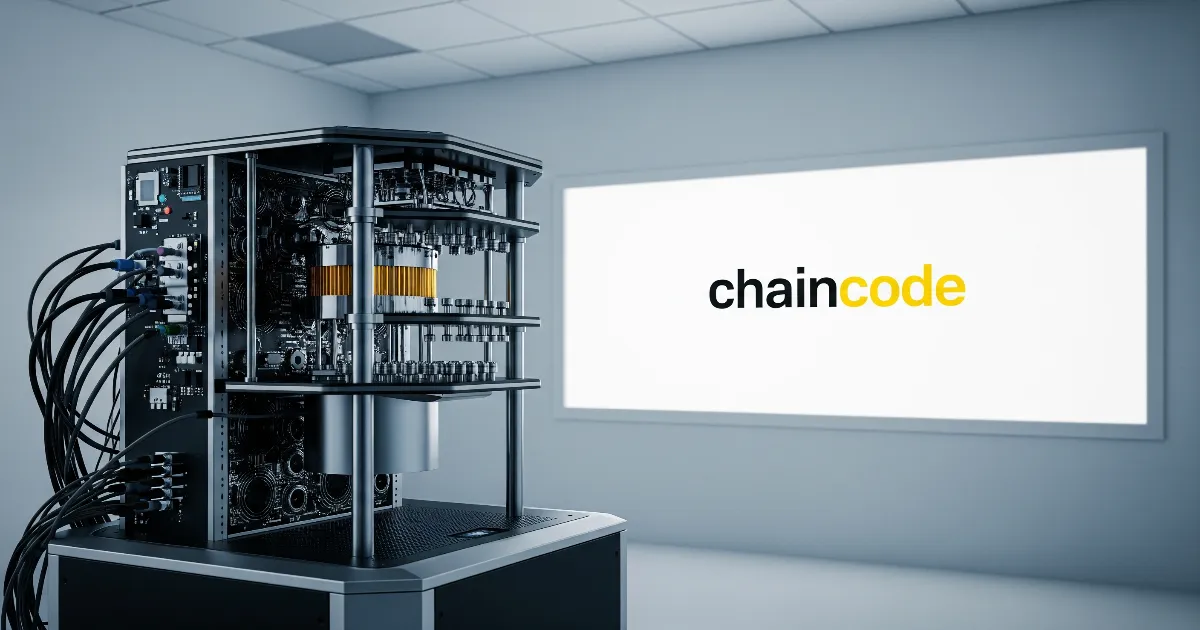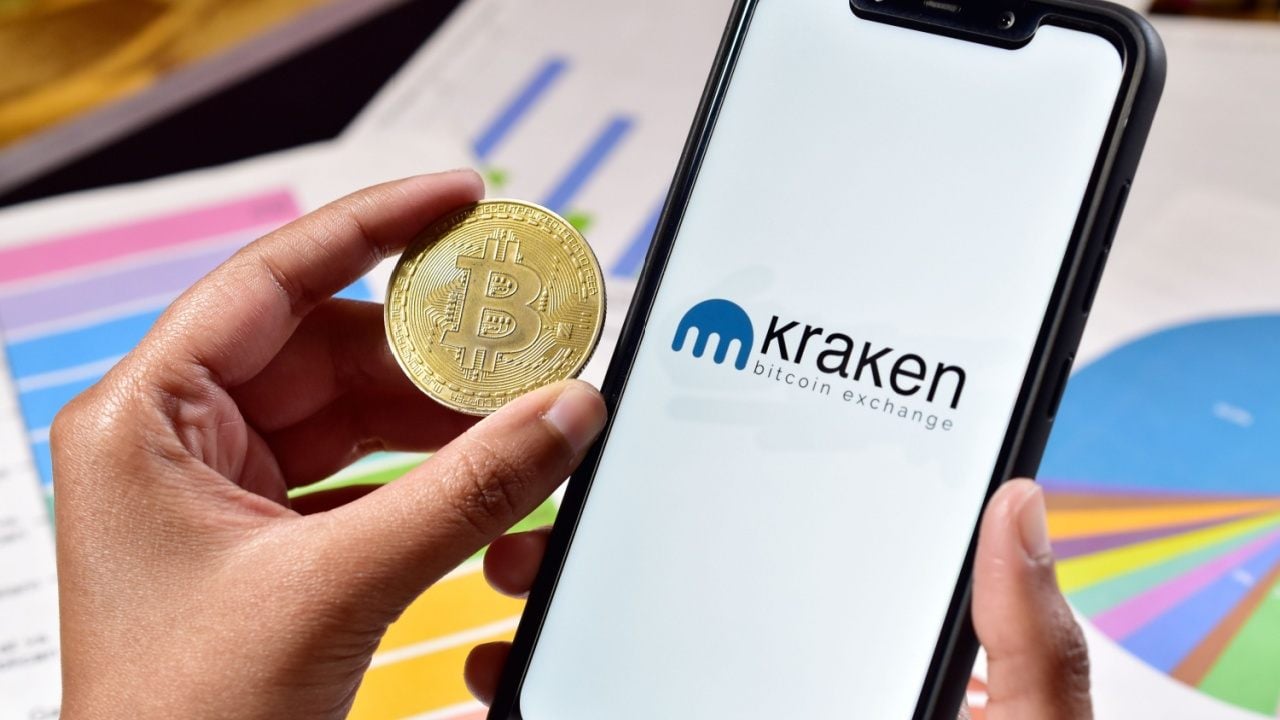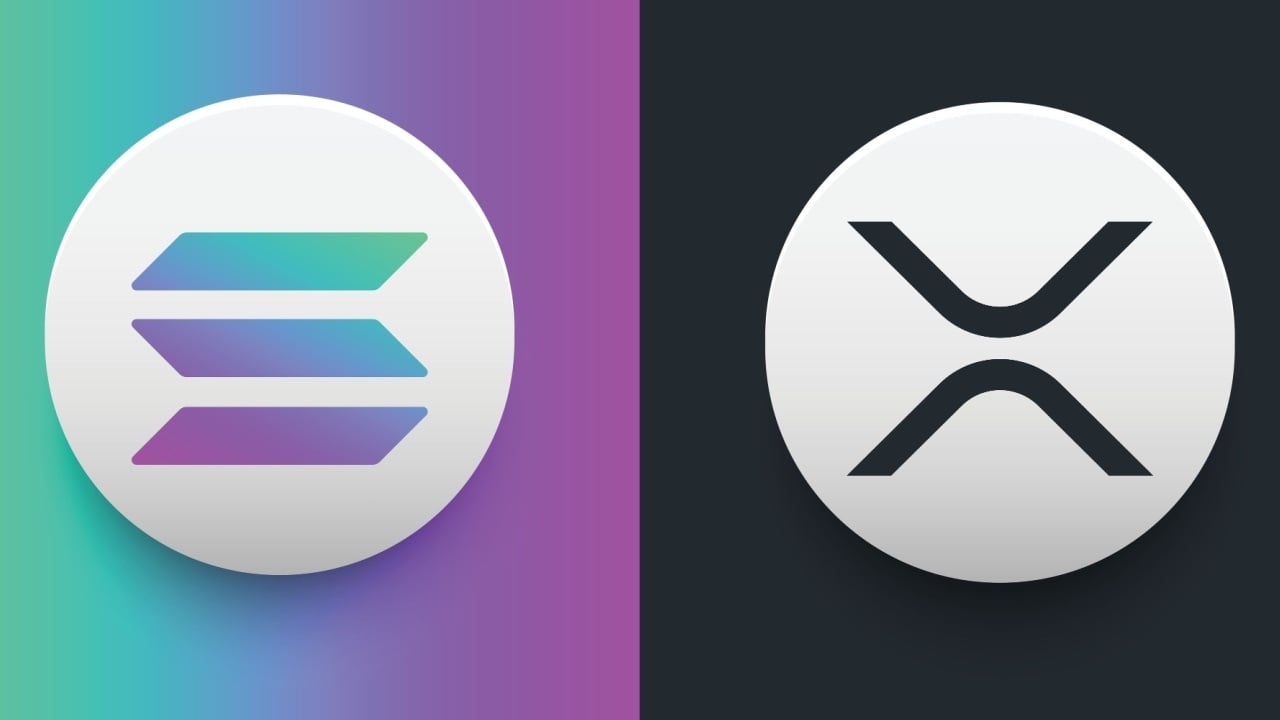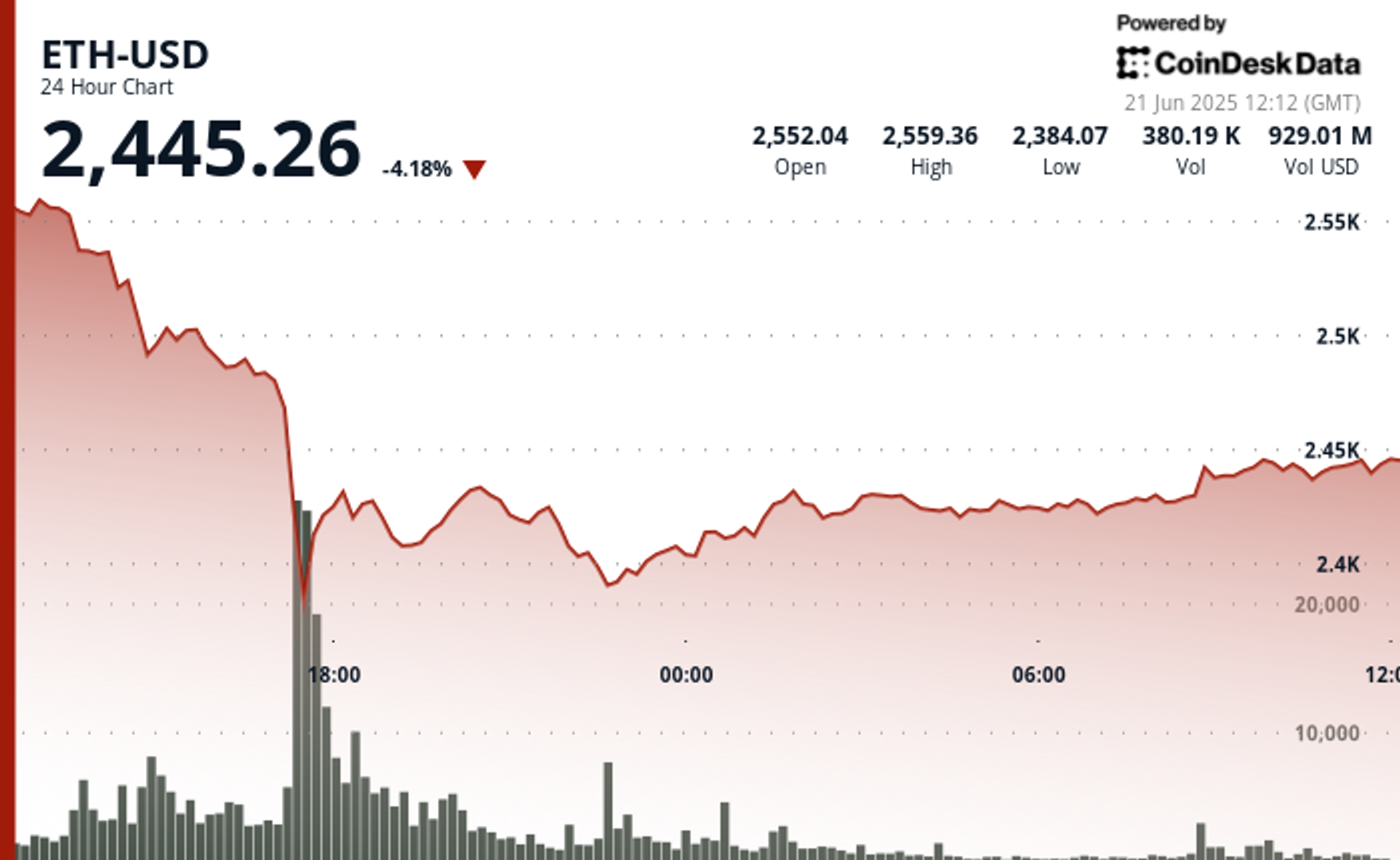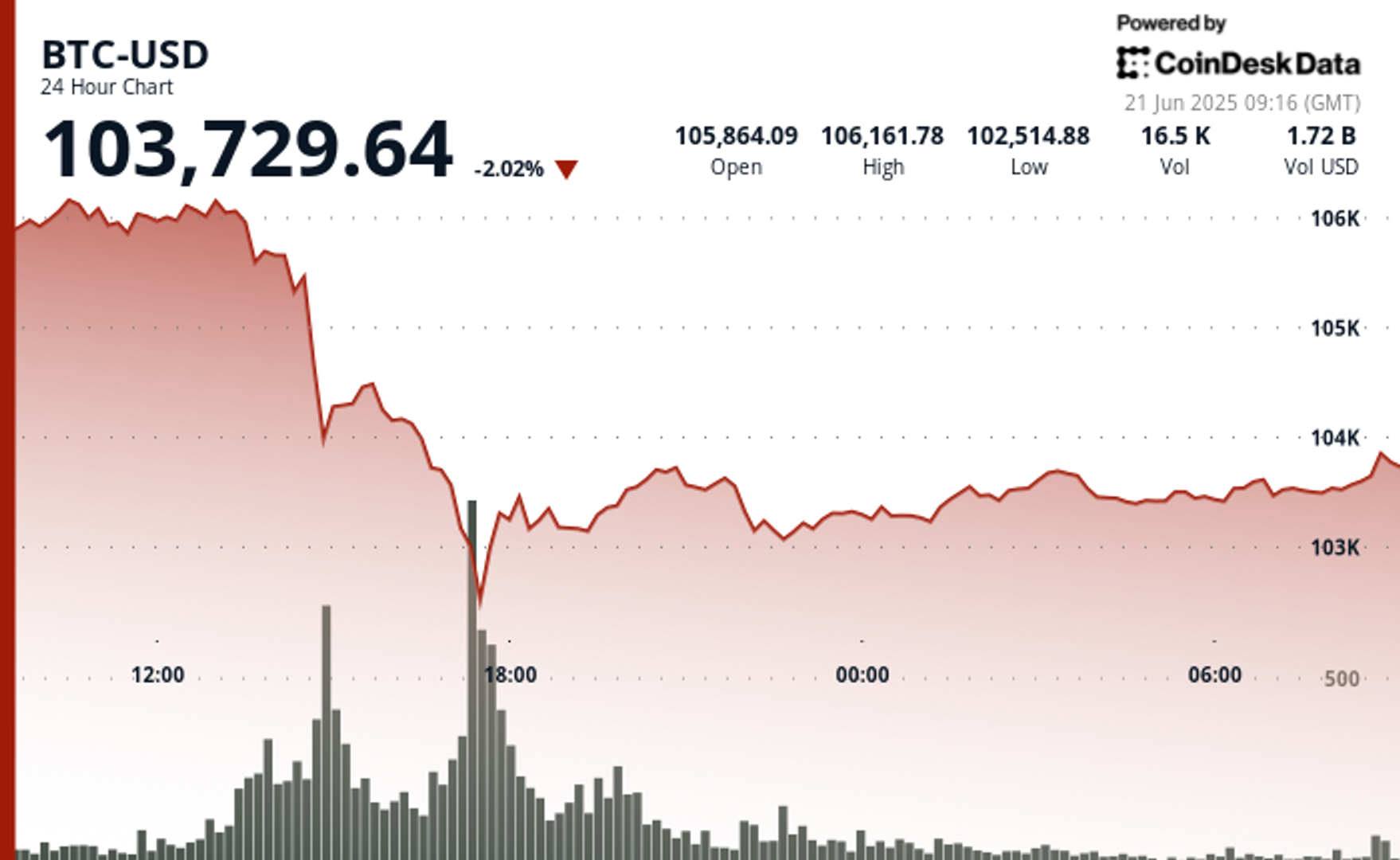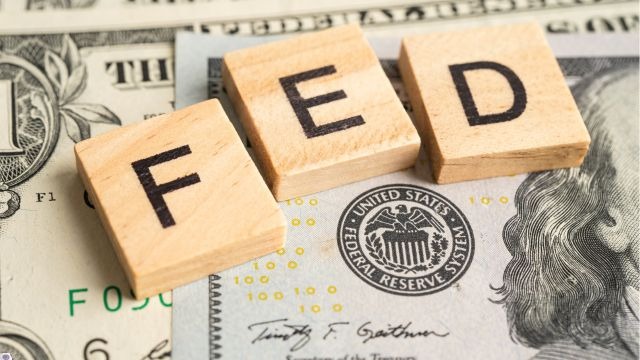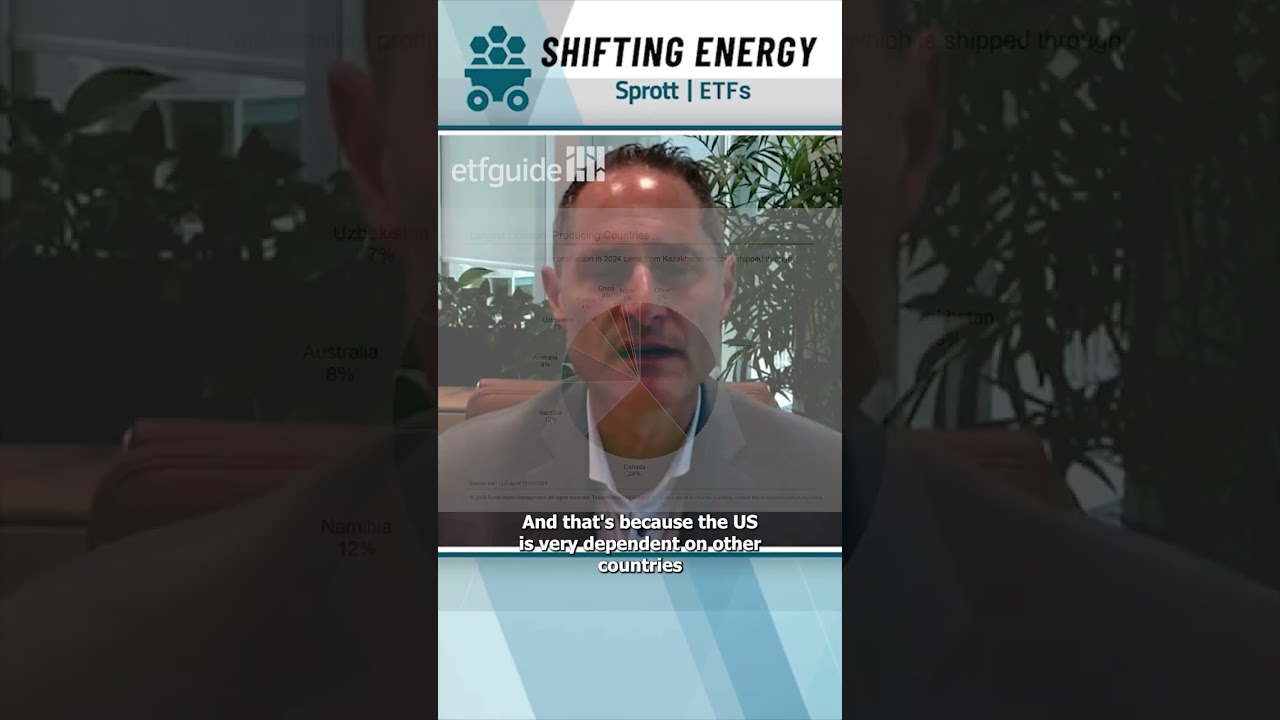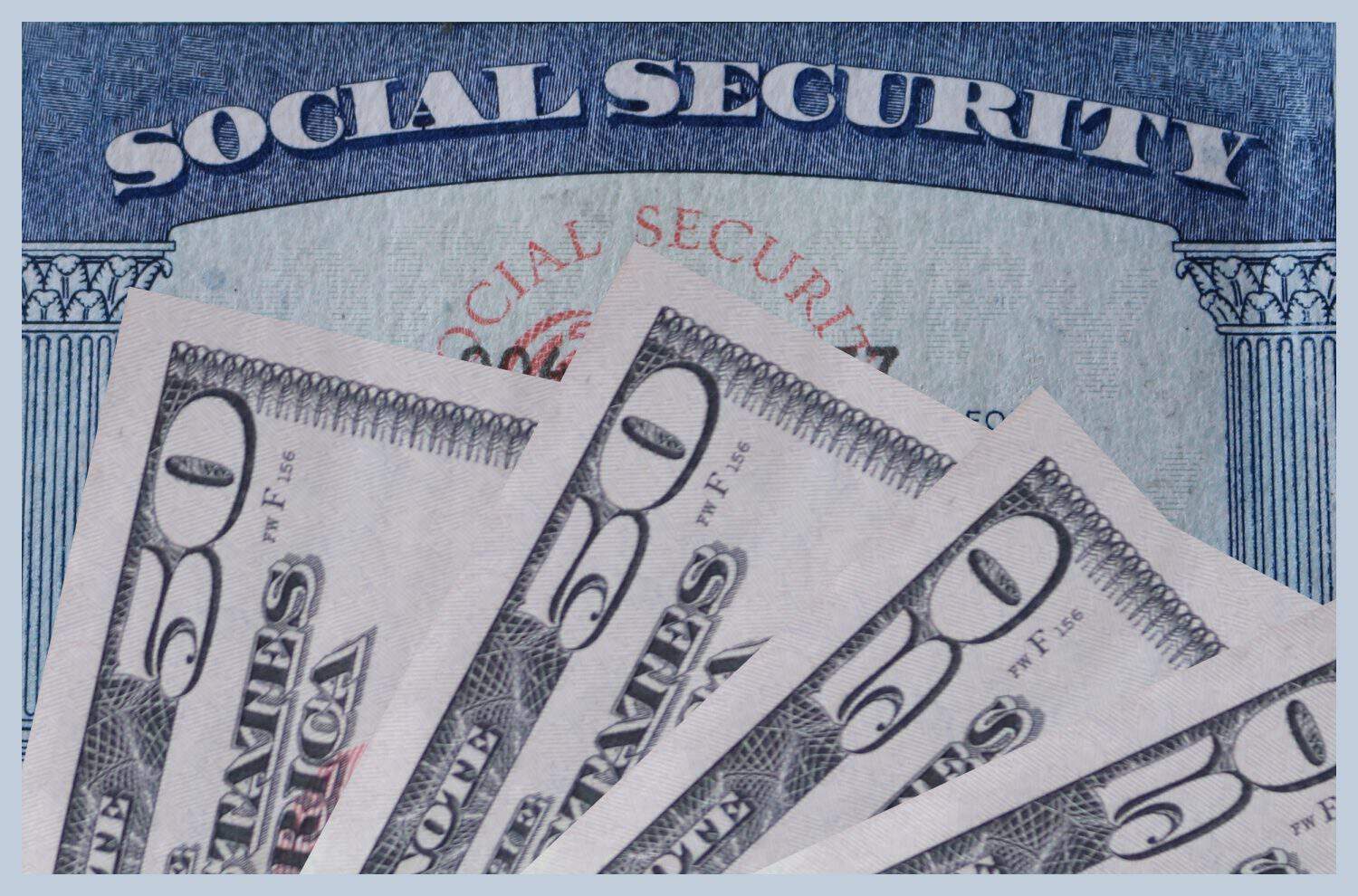Why Settle for 4%? These Monthly Payers Yield Double That
The “4% rule” can keep many income investors safe, especially with all the double-digit percentage yielding dividend traps out there that lure yield-hungry investors into a one-two punch of pain (dividend cuts and capital depreciation). While not every ultra-high yielder (think yields north of 8% or even 10%) will put you into the danger zone, […] The post Why Settle for 4%? These Monthly Payers Yield Double That appeared first on 24/7 Wall St..

The “4% rule” can keep many income investors safe, especially with all the double-digit percentage yielding dividend traps out there that lure yield-hungry investors into a one-two punch of pain (dividend cuts and capital depreciation). While not every ultra-high yielder (think yields north of 8% or even 10%) will put you into the danger zone, I do think that it’s not all too bad an idea for retired investors who can’t afford to take on too much risk to be content with a 4% yield or withdrawl rate.
Heck, it’s better to err on the side of caution as a retiree, rather than leave work with a relatively slim nest egg and a yield that may have a notably higher chance of putting the retirement fund on life support mid-retirement.
Key Points
-
The 4% rule is followed by many. But for some, it leaves a lot of yield on the table.
-
The JEPI and JEPQ can offer yields that dwarf those offered by most other index ETFs. They’re worth considering if you want more yield without having to take on too much risk.
-
Are you ahead, or behind on retirement? SmartAsset’s free tool can match you with a financial advisor in minutes to help you answer that today. Each advisor has been carefully vetted, and must act in your best interests. Don’t waste another minute; get started by clicking here.(Sponsor)
Doing better than the 4% rule without risking your shirt?
In any case, investors with higher risk tolerances, I think, can do a bit better than the 4% rule. Indeed, there’s no set rule for how high is too high when it comes to yield. It’s like going down the freeway with no speed limit. The faster you go, the quicker you’ll get to your destination, but the higher the risk of a severe incident. Either way, the risks can be managed and mitigated by investors who put in proper due diligence before backing up the truck.
In this piece, we’ll look at two covered call ETFs with outsized yields and lower risk profiles than most individual stocks that yield similar amounts. Indeed, covered call ETFs can be a great way to give yourself quite the hefty yield raise without putting your capital in harm’s way.
Of course, such income ETFs can experience considerable yield volatility, but if you’re a long-term investor who’s less concerned about capital appreciation and you’re looking for lower downside risk in the deeper end of the yield pools, the following plays, I think, are worth careful consideration.
Key Points
-
The 4% rule is followed by many. But for some, it leaves a lot of yield on the table.
-
The JEPI and JEPQ can offer yields that dwarf those offered by most other index ETFs. They’re worth considering if you want more yield without having to take on too much risk.
-
Are you ahead, or behind on retirement? SmartAsset’s free tool can match you with a financial advisor in minutes to help you answer that today. Each advisor has been carefully vetted, and must act in your best interests. Don’t waste another minute; get started by clicking here.(Sponsor)
JPMorgan Equity Premium Income ETF
JPMorgan Equity Premium Income ETF (NYSEARCA:JEPI) is a popular premium income ETF for a reason. It invests in the S&P 500 index we all know and love. But there is a huge twist. The fund uses a covered call strategy to sell out-of-the-money (OTM) call options, while using the premiums to spruce up the distributions to investors.
Of course, that means JEPI shareholders won’t have as much capital gains to show for their long-term investment compared to the likes of a traditional S&P 500 index fund. However, if you doubt the sustainability of the rally or think valuations on the market are extended (many people do right now), JEPI could be the way to go for total returns (capital appreciation plus dividends).
Additionally, more market choppiness could mean swollen yields for longer. And with a 0.57 beta, you’re getting less choppiness than the S&P 500. A higher yield with a lower correlation to the market makes for one very interesting investment that’s enough to satisfy the appetite of even the most yield-hungry of investors. The 8% yield is impressive, but could fluctuate wildly over time. And with a monthly payout, you won’t have to put your monthly budget on hold, especially if you live off a fixed income. Just have wiggle room, as the typical JEPI yield can shift between 6-10% at any given time.
JPMorgan Nasdaq Equity Premium Income ETF
For investors who are bigger fans of the Nasdaq and the AI growth boom, the JPMorgan Nasdaq Equity Premium Income ETF (NYSEARCA:JEPQ) could be a better bet. Today, the yield is much higher at 11.3%. With more implied volatility than the JEPI (the Nasdaq-heavy tech titans tend to be choppier), you can expect anywhere from 7-11% yields at any given time, with perhaps a bit more when the stock market is in a panic.
For more conservative investors, I’d stick with the JEPI, as it’s got the lower beta (less volatility) and a yield that’s large enough to keep passive income lovers happy. If you like tech, growth, want to supercharge your yield further, and you’ve got a stomach of steel, the JEPQ could be a more rewarding bet. In any case, do be ready for share and yield volatility if you’re looking to place a big bet in the name for the 11% yield. Perhaps the yield could be a few percentage points lower come the next monthly payout.
The post Why Settle for 4%? These Monthly Payers Yield Double That appeared first on 24/7 Wall St..







